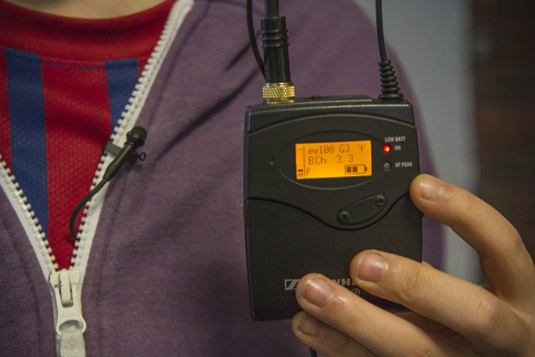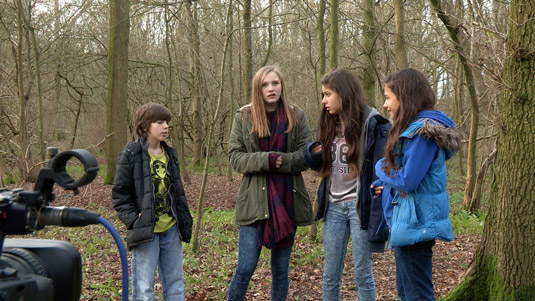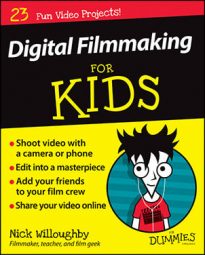Documentaries can be interesting projects if you have chosen a compelling idea that you are passionate about. There are a few ways you can make your film stand out from the crowd.
Record clean sound
Because you’ll be filming the interviews in mid shots or close‐up shots, get the microphone fairly close to your subject. If you’re using your camera’s onboard microphone, you’ll have to get the camera as close as you can without creating an extreme close‐up shot. If you’re using an external microphone, on the other hand, you can position it close to your subject without having to move your camera closer.
It’s also a good idea to make sure you avoid as much background noise as possible. It’s very important to hear the answers from your subject, and not any distracting noise.
Lavalier microphones are often used when filming interviews. These are very small microphones that can be attached to your subject’s shirt with a wire connected to a belt pack. These are very useful because they allow you to get the microphone really close to your subject without giving your sound operator arm‐ache. They also help reduce background noise.
Throughout recording your interviews it’s a good idea to be monitoring the sound through headphones. This helps detect any unwanted background noises and determine whether the volume or gain levels are set too high.

Film cutaways
Interviews are great for documentaries, but be careful: Sometimes scene after scene of someone just speaking to the camera can be boring. To keep your audience interested, try including cutaways. Cutaways are video clips that appear over interviews and voiceovers to help explain a point or to support what the character is saying.
One crew used cutaway footage over the top of their interviews that showed the cast and crew working on their film. This helps the audience see what happened behind the scenes and to show what the subject is explaining during the interview. Cutaway shots can also be used to hide the points in a clip where the subject pauses, says “ums” or “errs,” or makes a mistake.

Create the perfect ending
As the ending is the last bit of your documentary that your audience will see, it’s important to spend time getting it right. Your audience should be able to walk away from your documentary feeling satisfied and informed. To do this, you need to conclude your story and include any answers to questions asked at the beginning. You may want to include:
Any final thoughts or feelings from your subject or characters
Any results from an event
Information about an event or charity
A challenge for your audience
Video footage to support the information
You may also decide to include a voiceover here to summarize and conclude your story or topic.

